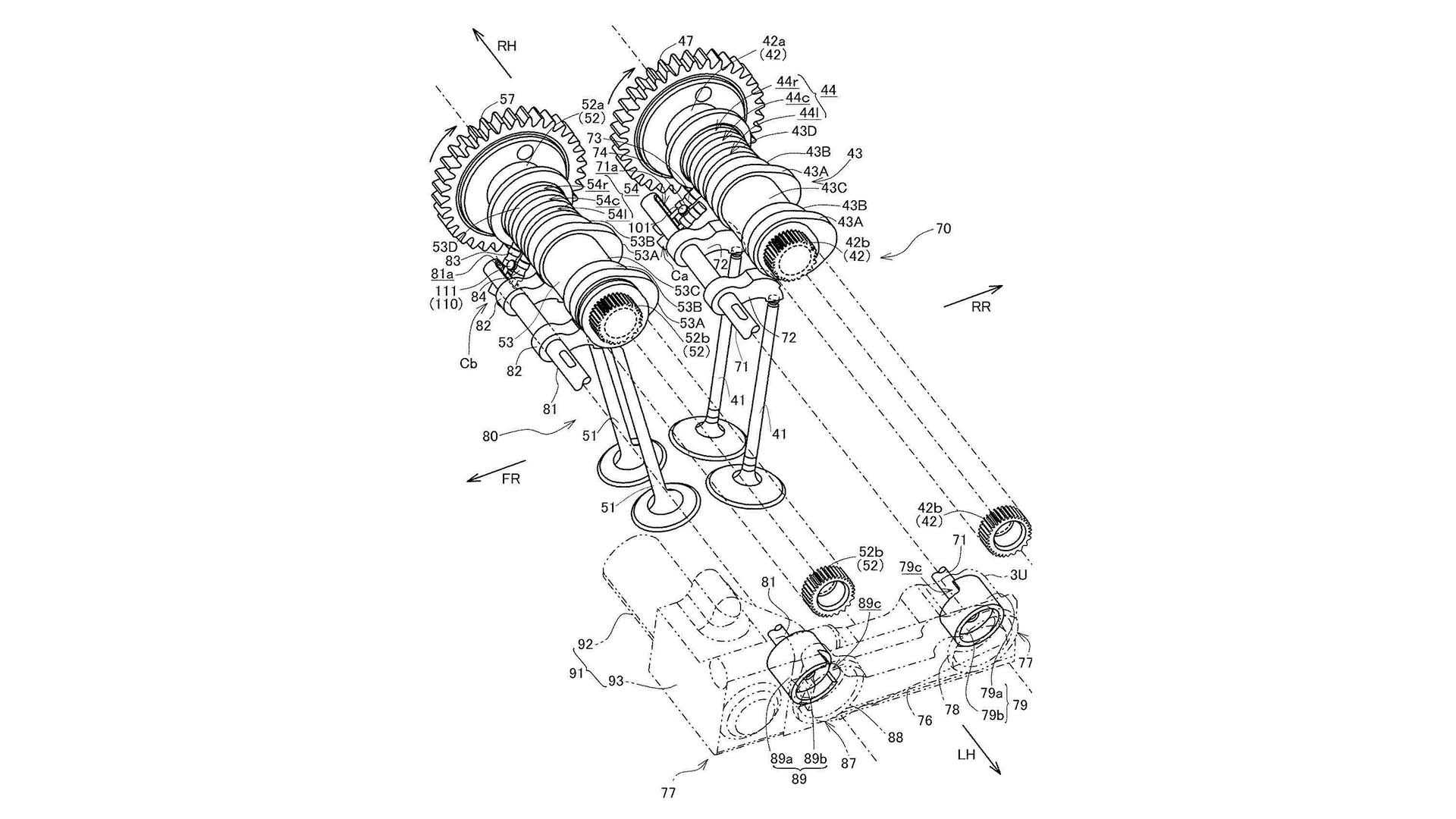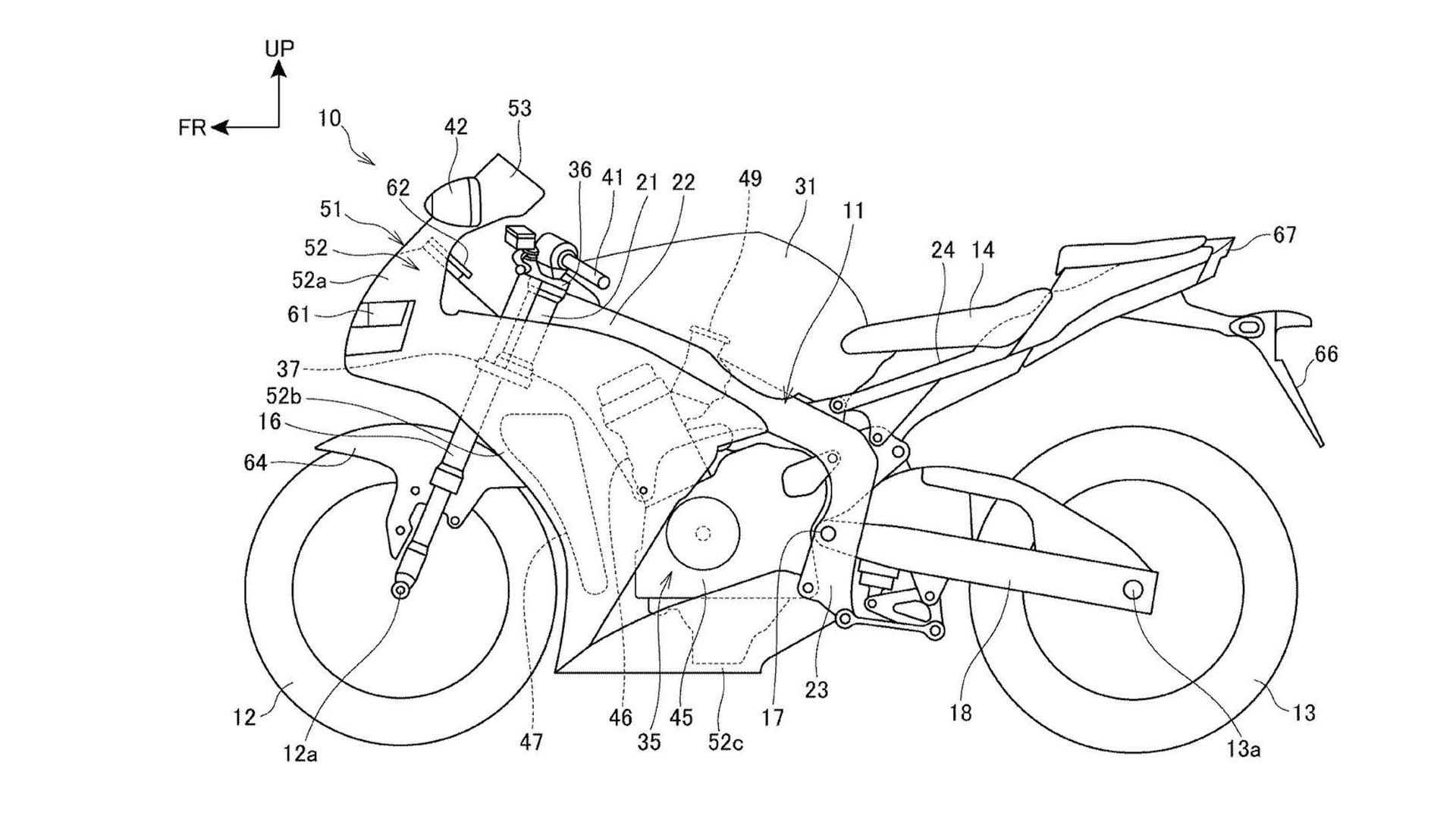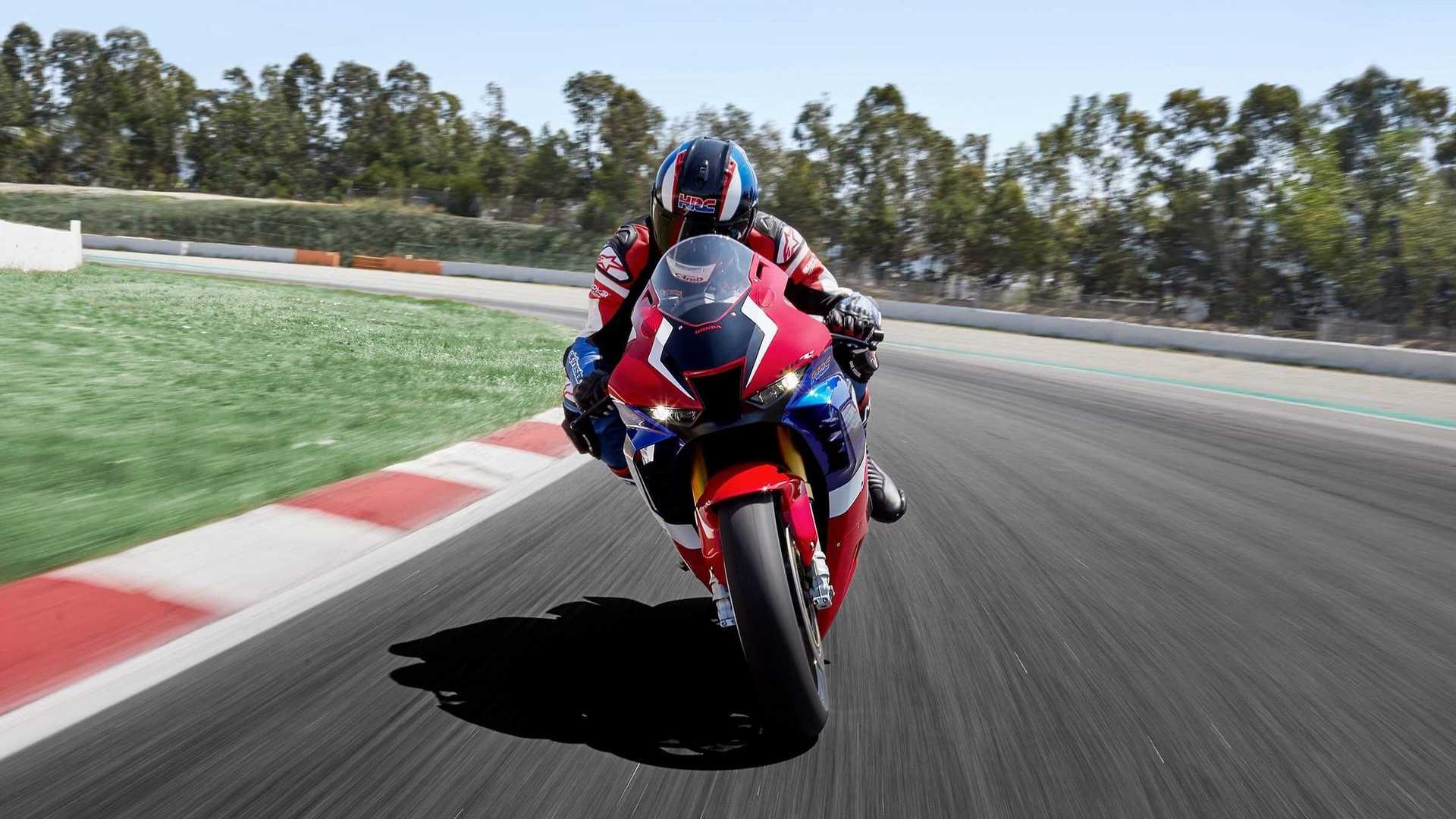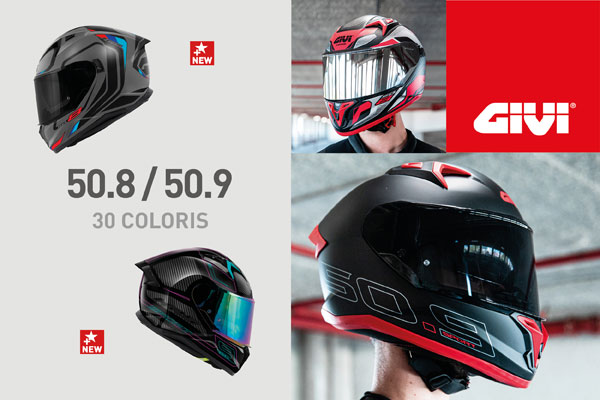Ahead of Honda's unveiling of the 1000 CBR2020RR-R SP Fireblade at EICMA 2019, the brand has filed patents for an inline-four engine with variable valve timing (VVT) technology. However, when the Japanese brand officially unveiled its superbike, VVT technology, improving both emissions while ensuring remarkable levels of performance was nowhere to be found.
Over the past two years, the new Fireblade has established its place in the sportbike market and in WSBK, but without having adopted variable valve timing (VVT) as standard. Now, new patent filings published in October 2021 bring this system up to date. While the new design carries over much of the original architecture, additional electronic position sensors and modified parts indicate that the brand is still working on the system.
Similar to BMW's VVT technology, Honda's version relies on lobe cams that change valve actuation based on engine speed. Unlike the Bavarian unit, the Japanese system modifies both the exhaust and intake valve timing. While BMW's inline four-cylinder engine splits the sliding section of the cam lobes across two cylinders, Honda equips each cylinder with a dedicated set of lobes.

In addition to the development of VVT at Honda, patents have also been filed for several models of sports radiators. A horseshoe-shaped unit is the most conventional of the group, as it would fit easily between the motor and the front wheel. However, Honda also developed a V-shaped variant and a circular radiator resembling computer cooling systems. Of course, not every design will make it to the production line, but Honda is considering various superbike configurations.

Most recently, Honda revealed the Fireblade 2022 CBR1000RR-R SP with minor tweaks to improve cornering stability and exit acceleration. Again, VVT was absent from the updated model, but development continues at Honda headquarters.


























